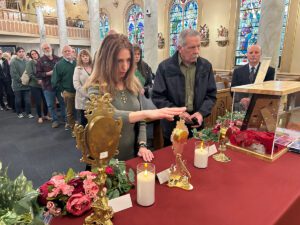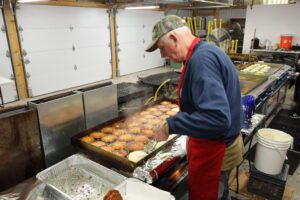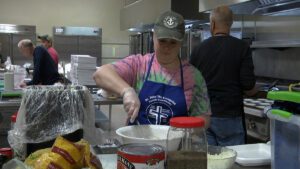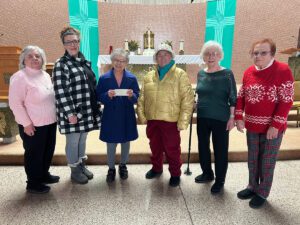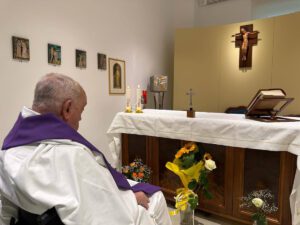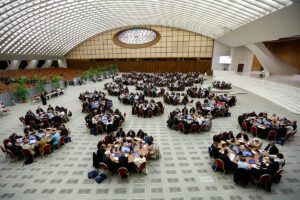SCRANTON – Christopher DiMattio, chair of the Catholic Foundation for the Diocese of Scranton Board of Directors, recently announced that 100-percent of the Foundation’s 15-member lay and clergy board has made gift pledges to the Catholic Foundation totaling more than $2 million.
In addition, nearly $2 million in gifts and pledges have also been received from additional donors throughout the Diocese in the Foundation’s first year of operation.
“We are extremely grateful for the financial support, the expertise and the passion for the mission of the Catholic Foundation that our board brings to this worthwhile fundraising effort,” DiMattio said. “The board’s devoted commitment and the contributions of an initial group of donors has resulted in a successful first year that serves as the foundation of what will continue to be transformational for our Diocesan ministries now and well into the future.”
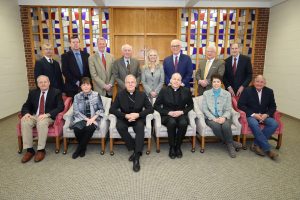
Gifts donated to the Catholic Foundation range from $500 to $1 million with several pledges of $25,000, $50,000 or $100,000.
Donors may make outright gifts or multi-year pledges over a time period best suited for each individual.
Some donors are also including the Catholic Foundation in their estate plans as well as establishing named endowment funds in memory or in honor of a loved one.
Dr. Bryan Frantz, DMD MS, a board member of the Catholic Foundation, spoke recently about the pledge that he and his wife, Dr. Linda Frantz, MD, made to the Foundation this past year,
“Linda and I have always supported philanthropic initiatives related to teaching, education, and research within medicine and dentistry,” he said. “Recently we had been discussing doing something impactful both from a community perspective as well as faith-based. The broad range and flexibility of giving options within the Catholic Foundation of the Diocese of Scranton made it easy to fulfill our philanthropic goals.”
Gifts and pledges to the Catholic Foundation endowment funds provide long term financial support for a variety of Diocesan ministries to include care of retired priests, seminarian formation, Catholic schools, Catholic Social Services, parish faith formation programs and historical preservation of the Cathedral of Saint Peter.
Donors may also support the Founders Fund which is a non-endowed fund that helps cover operating expenses.
“The Catholic Foundation staff and board work with donors to design a gift that suits the individual’s personal interests and charitable goals,” James Bebla, executive director of the Catholic Foundation, said. “Donors can have a lasting impact on Diocesan ministries that are most meaningful to them and their families.”
The mission of the Catholic Foundation for the Diocese of Scranton is to sustain and nurture the pastoral, educational and services ministries of our Diocese, our parishes, our schools and organizations through endowments, planned gifts and other financial contributions. The long-term viability of these ministries is a sacred calling for Catholics to build up the Kingdom of God in the Diocese of Scranton.
Donors interested in making a gift to the Catholic Foundation for the Diocese of Scranton or who wish to learn more about giving opportunities and the work of the foundation may call 570-207-2212 or e-mail info@catholicfoundationscranton.org

